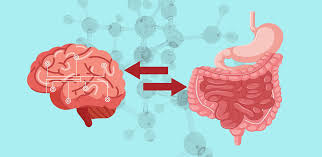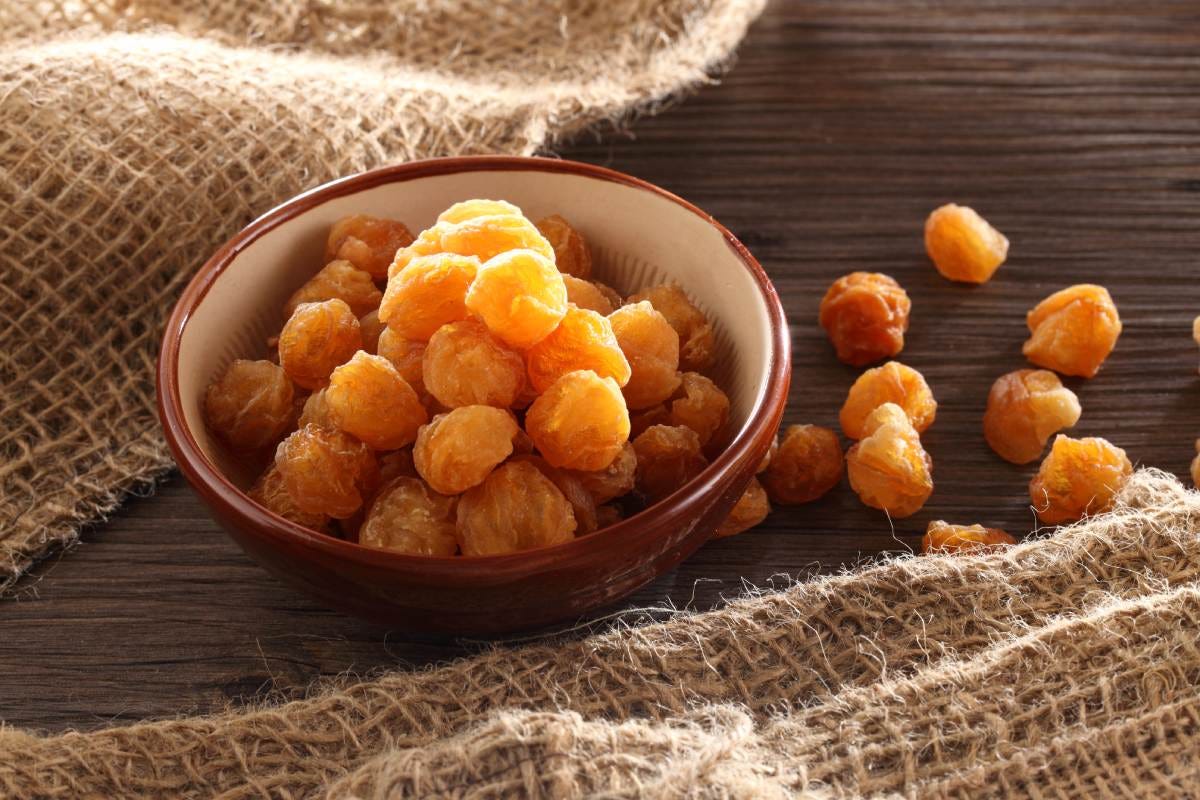This post is part of an ongoing series on Classical Chinese herbal formulas. I do my best here to keep things interesting for the non-specialist (i.e. non herb nerd) reader, i.e. most of you. The hope is that pieces like this offer a window onto a world that would otherwise remain closed. Enjoy. -JEd
At just over 750 years old, Gui Pi Tang (“Decoction to Restore the Spleen”) is a new kid on the block as Chinese herbal formulas go. (Believe it to not, there are purists in the Traditional East Asian Medicine world who turn up their noses at anything later than the Han dynasty, which ended in 220 CE.) As for me, I have great respect for the medicine’s classical heyday but am not myself averse to a little innovation.
Anyway, let’s see what this newie-but-goodie recipe has to offer.
Gui Pi Tang is for a clinical pattern that’s more common than ever these days. In a nutshell, we can call this presentation “nervous exhaustion with digestive weakness.”
My esteemed teacher Dr. Heiner Fruehauf describes the syndrome beautifully in his A Clinical Handbook of Chinese Herbal Formulas. But before we see what the good doctor has to say, let’s define a couple of terms:
Heart: Perhaps best translated “heart-mind,” the Heart is the seat of consciousness. Elementally, the Heart belongs to the Fire phase.
Spleen: Sometimes glossed as the pancreas, the Chinese Spleen is responsible for assimilation of nutrients and the generation of energy from what we eat. The Spleen is the primary seat of the Earth phase/element.
Note that, since Fire gives rise to Earth in the elemental cycle, Earth/Spleen can be called the “child” while Fire/Heart can be called the “mother.” Now we’re ready for Dr. Fruehauf:
The formula design [of Gui Pi Tang] emphasizes the mother-child relationship of Heart and Spleen. According to Chinese medical theory, both organs are involved in the process of thought processing and mental activity. Exhaustion of the “mother” (Heart) is said to affect the “child” (Spleen) and vice versa. The Spleen’s functional yang is in charge of transforming food into the body’s material yin, in this particular case the Heart blood, which is the structural residence of the spirit (shen). If there is insufficient blood, then the spirit has no place to rest, and insomnia and other nerve-related symptoms arise. Long hours of unrelenting mental activity, for instance, typically decrease the appetite and thus the ability to produce structural nourishment for the body’s brain cells. If this kind of imbalance becomes longstanding, body and mind easily get into a vicious cycle of spiraling weakness and anxiety without being able to restore themselves via the body’s main regenerative system and post-natal energy source, the Spleen. The traditional picture of the of the representative patient was the poor, exhausted student with an overwhelming load of work and worries on his mind. Today, the formula has become a favorite for a wide range of chronic diseases that involve both general lassitude and some neurotic symptoms [emphasis added].
The Spleen pathology addressed by the formula can include not just loss of appetite with consequent poor nutrition, but also chronic diarrhea. Indeed, this Gui Pi Tang can be a wonderful remedy for a range of disorders of “gut-brain axis“ disorders. I’m learning to think of this remedy whenever a patient is undernourished and anxious, and all the more so if there is diarrhea or insomnia in the picture.
An old-fashioned Euro-American way of describing these kinds of patients is “neurasthenic,” from “neurasthenia,” a term that describes a state of general weakness along with neurotic complaints. You don’t have to look far to spot such people today; in fact many of us are in danger of falling into neurasthenia if we don’t make real efforts to tear ourselves away from our screens and go play outside once in a while.
Playing outside is probably the best prescription most of us could hope for, but since screen time isn’t going away anytime soon, at least we have Gui Pi Tang. When well indicated, this near-miraculous brew simply works as advertised, helping to restore Heart and Spleen in tandem, regulate the gut-brain axis and break the vicious neurasthenic cycle. Those who need it find it deeply restorative, relaxing, nourishing and delicious.
I find it helps them get back in touch with their body’s needs and rhythms as they return to a more embodied existence.
Gui Pi Tang - Decoction to Restore the Spleen
Baizhu - Atractylodes rhizome
Huangqi - Astragalus root
Renshen / Dangshen - Ginseng / Codonopsis root
Fushen - Poria sclerotium
Danggui - Angelica sinensis root
Longyanrou - Longan fruit
Suanzaoren - spiny Zizyphus seed
Yuanzhi - Polygala root
Muxiang - Saussurea or Vladimiria root
Zhigancao - prepared Licorice root
Hongzao - Jujube fruit
Shengjiang - fresh Ginger rhizome
I’ll dose this formula at roughly 5-10g per ingredient per day in decoction, adjusting ratios according to patient constitution and concurrent condition.
Common modifications:
For more serious blood deficiency, add Dihuang (Rehmannia root); this forms Hei (black) Gui Pi Tang.
Without sleep problems, remove Suanzaoren.
For pronounced bloating, add Baibiandou (Dolichos bean).
For palpitations and signs of weak Heart yang, add Guizhi (cinnamon twig).
Interested in an herbal consultation?




